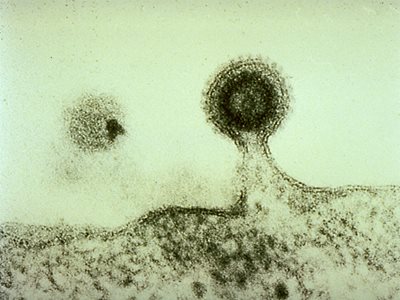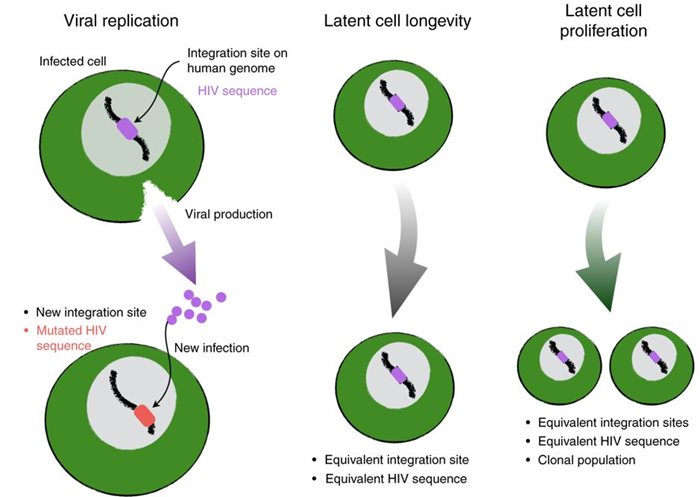December 11, 2018 Print
New research has shown that HIV may survive in the human body – despite drug therapies – due to the multiplication of infected cells, rather than replication of the virus itself.
Co-author of the study, Associate Professor Sarah Palmer from the Westmead Institute and the University of Sydney, said that understanding how HIV persists in the body is an important step towards developing a curative treatment.
 HIV is a virus able to attack and weaken the human immune system and can ultimately progress to AIDS.
HIV is a virus able to attack and weaken the human immune system and can ultimately progress to AIDS.
“Current therapies for HIV do not offer a cure, but they significantly prolong the lifespan of the person infected,” Associate Professor Palmer said.
“When a person is infected with HIV, they must begin lifelong therapy because the virus is never fully eliminated from the body.
“Infected cells persist for decades, despite antiretroviral therapy. When drug therapy stops, HIV replication resumes within days and will ultimately progress to AIDS.
“Now that we better understand the survival mechanisms of HIV, we can work towards developing more effective treatments,” she said.
Antiretroviral therapy is used to stop the virus from replicating in people living with HIV, and it eliminates most infected cells.
Yet, despite decades of treatment, some infected cells persist and are not cleared from the body.
Last year, Associate Professor Palmer and her team – in a world-first breakthrough – confirmed for the very first time that infectious HIV ‘hides’ in specific subsets of CD4+ immune memory T-cells to evade detection by the immune system.
This latest research, led by Associate Professor Joshua Schiffer from the University of Washington, shows that it is the proliferation of these latently infected CD4+ immune memory T-cells that drive HIV persistence, allowing the virus to survive even during therapy.
“It’s not actually the virus that is reproducing.

“It is the latently infected cells that proliferate and repopulate declining number of HIV-infected cells,” Associate Professor Palmer said.
“This cellular proliferation sustains stable numbers of infected cells.
“Therefore, if we can stop these cells from multiplying, or purge the virus from these cells, we could reduce the size of the HIV reservoir.
“We are now investigating the survival mechanisms of these cells as an ideal therapeutic target.
“My dream is to find a properly curative treatment for the disease,” Associate Professor Palmer concluded.
The research is online by Nature Communication: https://www.nature.com/articles/s41467-018-06843-5
The research team was led by Associate Professor Joshua Schiffer from the Fred Hutchison Cancer Center at the University of Washington.